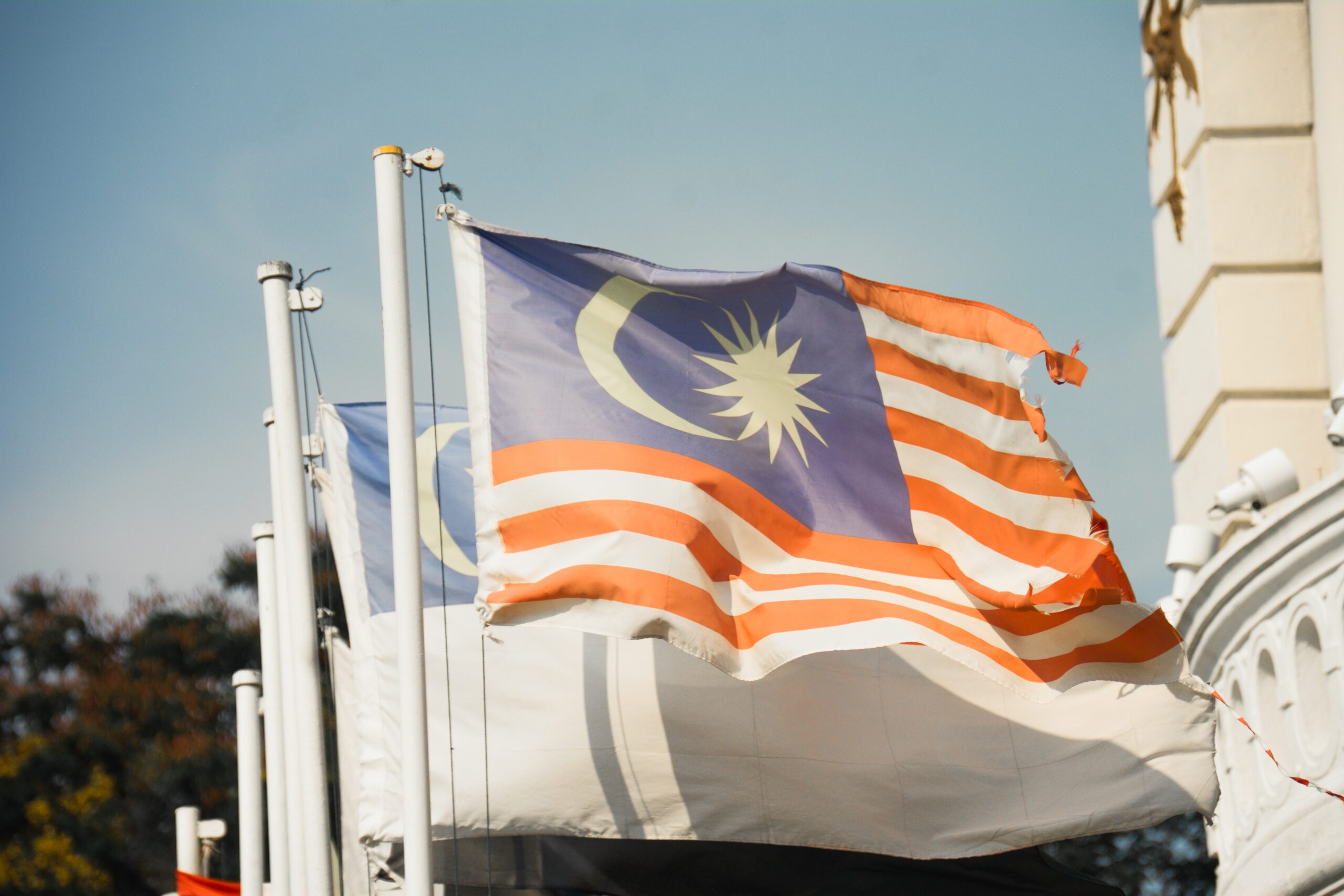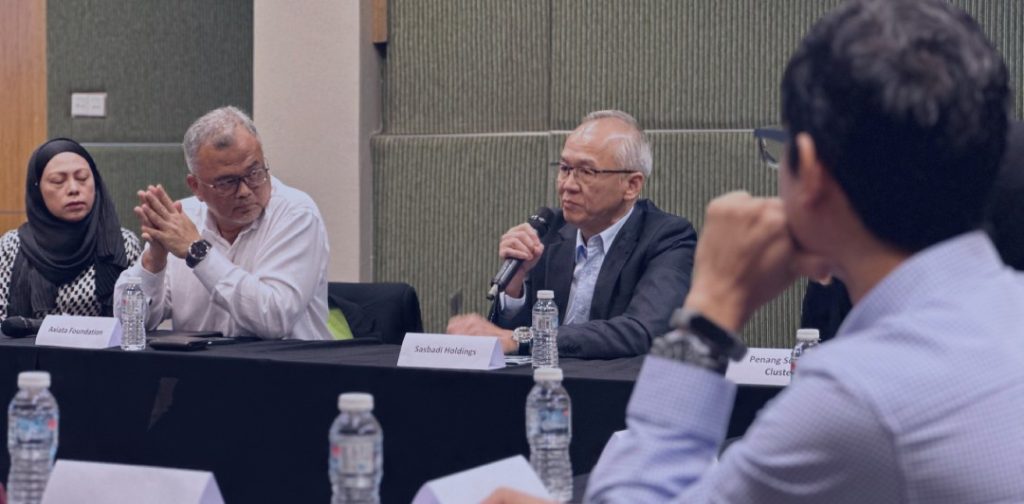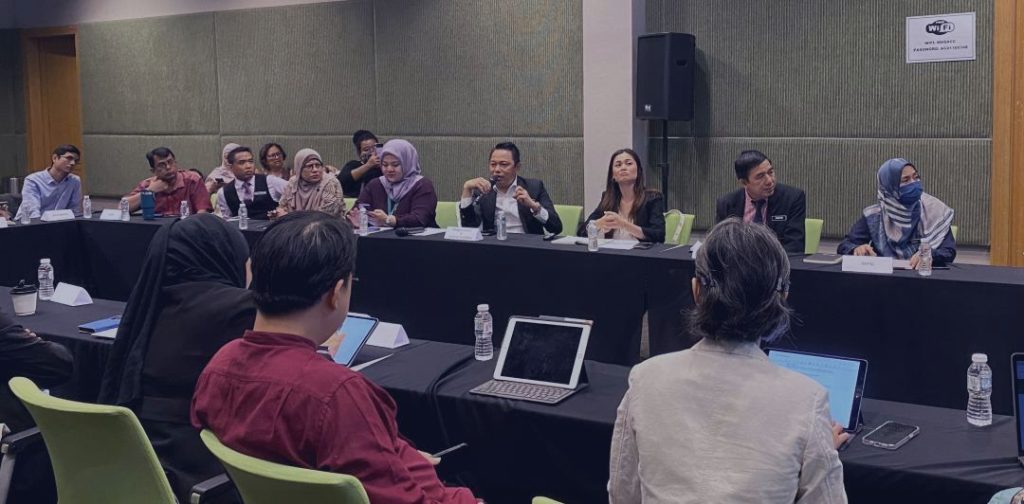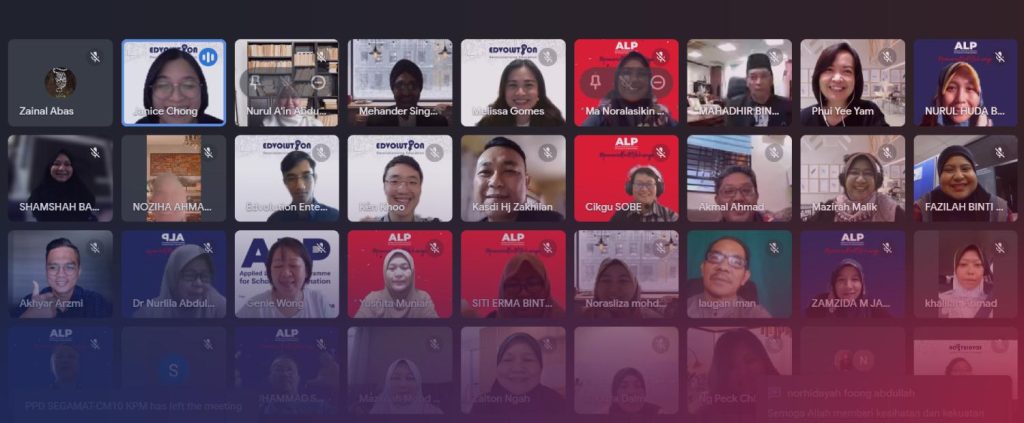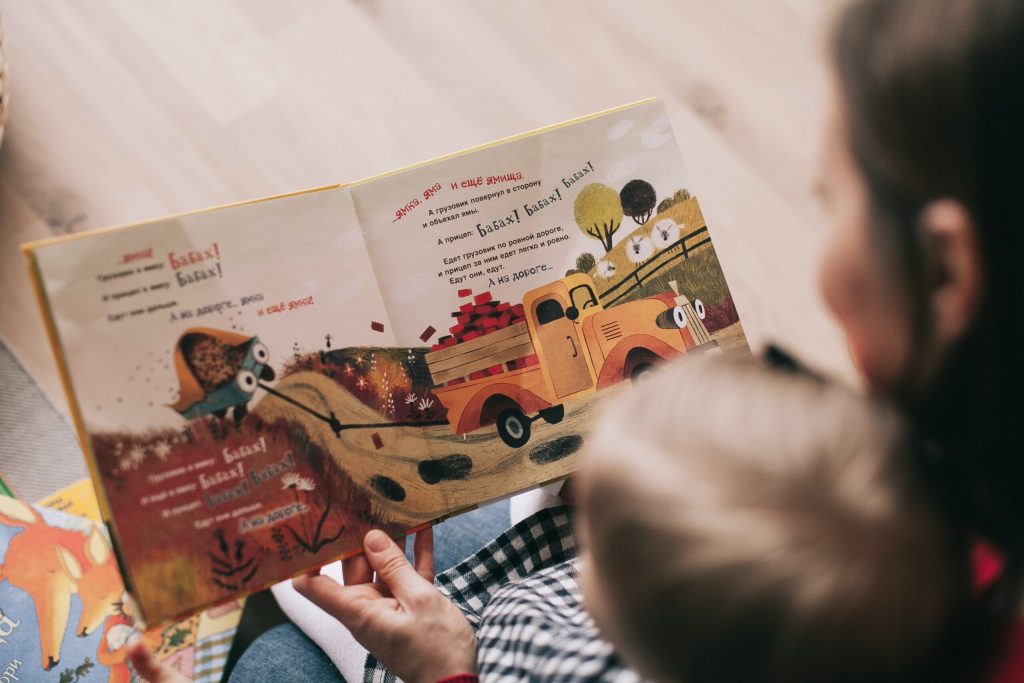By Melissa Tanya Gomes
7 September 2022
One evening, while having dinner at a Chinese hawker stall with my friends, we reminisced about the local television programs we used to watch during childhood. Local television sitcoms like ‘Jangan Ketawa’, ‘Pi Mai Pi Mai Tang Tu’ and ‘Kopitiam’ were some of the shows we recollected as we ate and drank. We recalled how Rashid Sidek’s victory in Thomas Cup was the next big talk in school; and how our classmates would gather to read the television schedule at the back of the newspaper to plan for our weekend.
Large memory of my childhood was influenced by the conversations that took place in schools and I looked forward to it as it was the only social platform I had. Recently, in a survey conducted by the Department of Statistics Malaysia, it was found that almost 70% of students have no interest in continuing their studies. In addition, a majority of the students I speak to, found schools to be boring. Did I wonder; where all the excitement I once had in school went?
Schools During Malaya
Before independence, education lacked uniformity in both curriculum and policy. Educational institutions then exist to fulfil a specific need of the community or for a political movement.
Sekolah Pondok
Before Malaya was colonised, the Malay community already had an informal education system which focused on Islam to build the next generation of religious leaders. ‘Sekolah Pondok’ is named after the Arabic word ‘funduq’ which means accommodation. Here, students (usually boys) will be provided with a place to stay to minimise travelling. The Malay community held high regard for ‘Sekolah Pondok’ which gave students a high sense of pride in becoming esteemed religious leaders.
Vernacular and Mission Schools
The education system that existed during the British administration had four school systems, namely the Malay Vernacular School, Chinese Vernacular School, Tamil Vernacular School, and English Schools.
Malay College Kuala Kangsar (MCKK) – A Prestigious Malay Vernacular School was established in 1905. The setting up of MCKK is special for the upper-class Malays and the Malay Rulers where students will be taught in English and later graduate to work as high officials with the British. Students hold high regard for the school and usually be prominent leaders in the community.
Chinese Vernacular Schools
The first Chinese school was established in Malaya in 1915. The Chinese schools inherit the exact curriculum, ideology and teaching methods of schools in China. During this period, Chinese schools were not controlled by the British and thus became a venue for China’s political movement; training the local Chinese students to build their loyalty to the Chinese government.
Tamil Vernacular Schools
The arrival of Indian immigrants, especially to work in the plantations, has led to the establishment of Tamil schools. Tamil schools developed a curriculum based on the political situation that occurs in India. Textbooks are imported from India and provide knowledge of the Indian culture, history, and geography of India. Established in plantations with limited resources from India, Indian children who are enrolled in this school often lack a sense of purpose and interest in learning.
English Schools
Missionary schools started in Malaya back in 1852 when the Sisters of the Holy Infant Jesus and La Salle Brothers started a school for boys and girls in Penang.
Set up by the Catholic Churches, the schools were used for evangelical purposes; that is to spread the Catholic faith. Here, students were taught to pray, read the bible and be encouraged to accept the Catholic faith.
Besides missionary schools, English Schools were also established to produce Lower Administrative Officers to meet the needs of the British Metropolitan policies. Penang Free School was the first English School set up in 1816 using the Grammar School of Great Britain curriculum.
As most English Schools are only established in cities and taught in English, only children from affluent families had the privilege to attend these schools.
Conclusion
Schools before independence were held in high regard by communities. These institutions were seen as an opportunity for a better future and a measure to escape from poverty. Students demonstrated high respect for teachers and in retrospect of their families’ hardships, students often displayed a high commitment to graduate. How has this been different for today’s generation? With a uniform curriculum and a more articulate policy, do these schools still exist? More importantly, do communities still hold high regard for schools today?
Sources:
Shanmugavelu, Ganesan. et al. “Development of British Colonial Education in Malaya, 1816 – 1957.” Shanlax International Journal of Education
Mission Schools in Malaysia, The Edge, September 05,2011
Melissa Tanya Gomes is the Co-Founder and CEO of Edvolution Enterprise. She has more than 10 years of experience in management consulting and education. She co-founded a school improvement initiative for which she was awarded the Excellence Service Award by the Ministry of Education Malaysia in 2018

